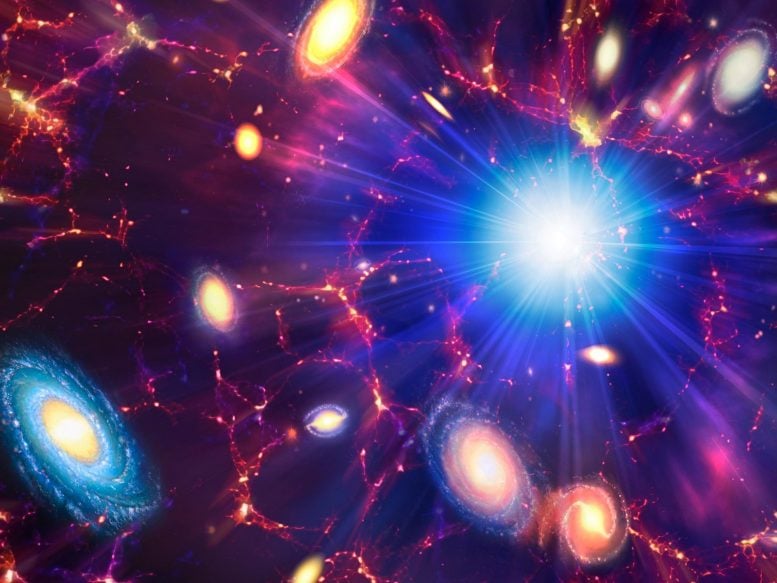
Artist’s concept of the Big Bang.
What Is the Big Bang?
The Big Bang is the popular name for the moment in time when the Universe started.
The term ‘Big Bang’ is often taken to refer to the instant that our Universe began, and it evokes the idea that our Universe started with a literal explosion. In fact, the Big Bang refers to the early stages of the birth of our Universe in the context of the model that describes the evolution of our Universe from an unknown point-like gravitational singularity into the vast expanse of still-expanding space that exists today. The theory of an expanding, changing Universe contrasts with the ‘steady-state’ theory of the Universe, which proposes that the Universe has always existed, and will always exist, with the same average properties.
The term the Big Bang itself was coined by the English astronomer Fred Hoyle during a 1949 BBC radio broadcast. It is often said that Hoyle intended the term to be derogatory, but he insisted it was just intended to evoke the enormous difference between the Big Bang and steady-state models. It certainly did, because the name stuck. The Big Bang theory was in fact not widely accepted until the second half of the twentieth century. The discovery of the cosmic microwave background radiation did a lot to legitimize the theory, as it was predicted by its physics.
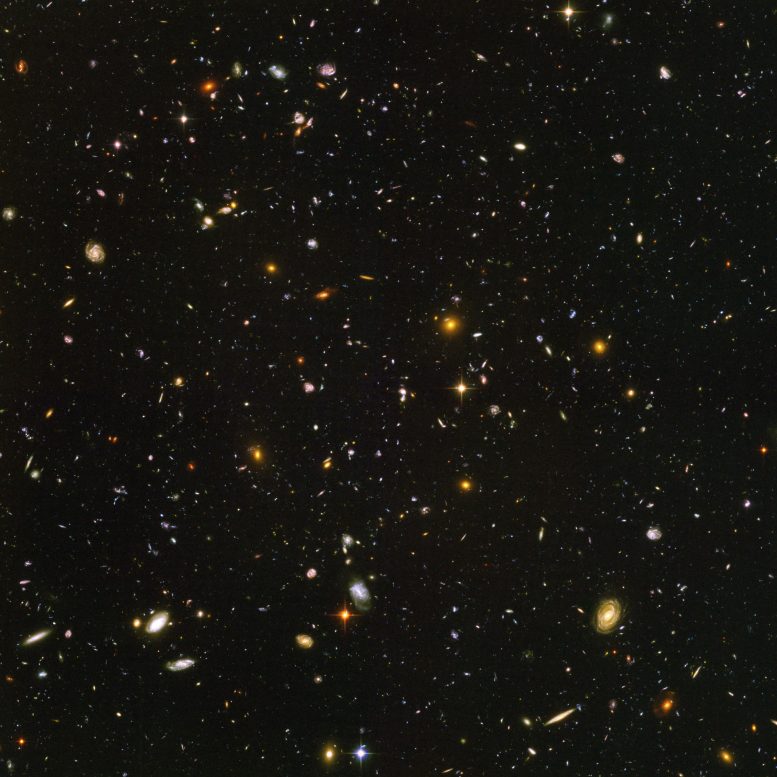
Galaxies, galaxies everywhere – as far as the NASA/ESA Hubble Space Telescope can see. This view of nearly 10,000 galaxies is the deepest visible-light image of the cosmos. Called the Hubble Ultra Deep Field, this galaxy-studded view represents a “deep” core sample of the universe, cutting across billions of light-years. Credit: NASA, ESA, and S. Beckwith (STScI) and the HUDF Team
The Hubble Space Telescope’s observations have helped astronomers to pinpoint more precisely the age of the Universe since the Big Bang, as this was one of the telescope’s primary science goals. Today we know the age of the Universe to a much higher precision than before Hubble: around 13.7 billion years.
Deep imagery from Hubble, including the Hubble Ultra Deep Field, has revealed the most distant galaxies ever observed. One of the main scientific justifications for building Hubble was to measure the size and age of the Universe and test theories about its origin. Deep images of faint galaxies give ‘fossil’ clues about how the Universe looked in the remote past and how it may have evolved with time. The Deep Fields gave astronomers the first really clear look back to the time when galaxies were forming, and marked a significant milestone in modern astronomy. Because of the time it has taken their light to reach us, we see some of these galaxies as they were just half a billion years after the Big Bang.
The Big Bang is the popular name for the moment in time when the Universe started. Credit: NASA, ESA, and S. Beckwith (STScI) and the HUDF Team
The most remote object spotted by Hubble is a galaxy called UDFj-39546284, which was seen as a tiny speck of light in the background of a series of observations made in 2009–2010. The light from this galaxy has taken 13.2 billion years to reach us — about 96% of the way back to the Big Bang. This achievement pushed the Hubble Space Telescope to the limit of its technical ability. A year of detailed analysis was required before the object was identified in the Hubble Ultra Deep Field. The object appears as a faint dot of starlight in the Hubble exposures and, although its individual stars can’t be resolved by Hubble, the evidence suggests that this is a compact galaxy of hot stars that started to form over 100–200 million years earlier.
To peek at the Universe at times as close as possible to the Big Bang, Hubble takes advantage of gravitational lensing to reveal the largest sample of the faintest and earliest known galaxies in the Universe. Some of these galaxies formed just 600 million years after the Big Bang and are fainter than any other galaxy yet uncovered by Hubble. The even more distant galaxies of the very early Universe are expected to be unveiled by the upcoming NASA/ESA/CSA James Webb Space Telescope.

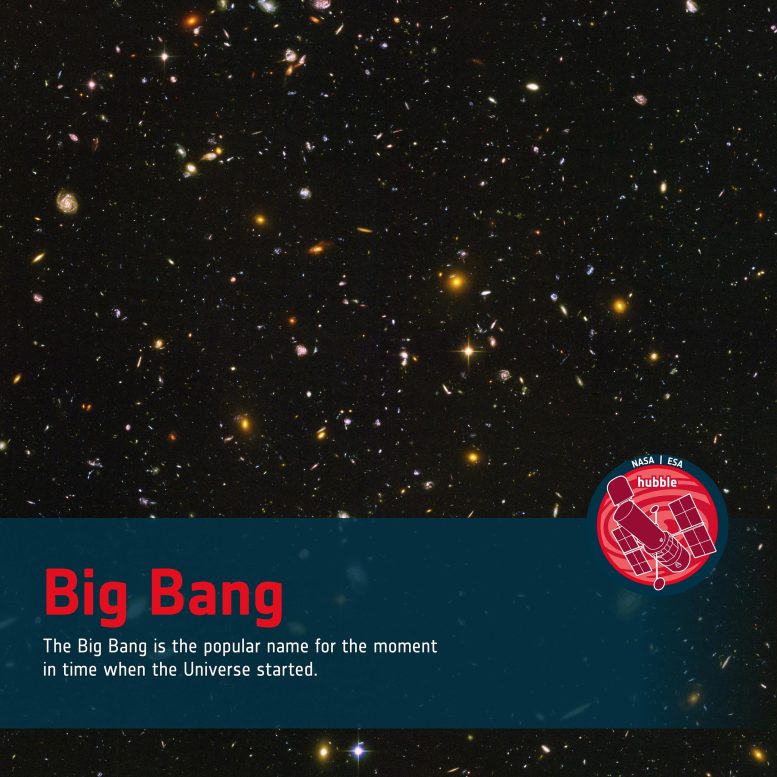





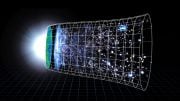

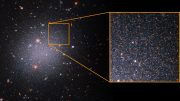
Hoyle gifted Quasi Steady State Cosmology,against Steady Sate Cosmology due to Einstein.Each has own virtue.The velocity of matter within a Galaxy does exceed the speed of light,which is constant.Hubble found galaxies are moving apart from each other inversely proportional to the distance,whithout any hint of fixed origin of Big Bang.
SO,Galaxis are moving away from the fixed point of origin lies at the gravitational center of big bang with a radial constant velocity with all matter/energy contained in physical form.The effect of dark matter/energy due to ratation or change in mutual positions of galaxies can be done as a special context.
Laugh😃😆⭐🌞thanks again for an awesome article. Be thankful 🙏 🙌 ✨ working telescopes 🔭 🙏 🙌 makes curiosity fun. I ain’t afraid of the dark📓⚫. Come into the light😊🌞🛸🔍🔦🔎
This article is a fine general description of what we see, but how did it all form? A view of String Theory suggests an answer.
Surely you didn’t think all of the matter and energy we see now was stuffed in a single Big Bang! As you may know, quantum mechanics proposes a roiling quantum foam energy field everywhere in the universe, and the right kind of energy spikes creates string/anti-string pairs. These pairs immediately annihilate each other, but I suggest a process similar to Hawking radiation that form permanent strings that are the basis of all the matter and energy we have. This is a Big Bang/Big Crunch cycle, over and over. Interestingly, this same process can be used to form the galaxies we see. Gravity is far too weak to cause anything to combine rather than flying apart from the enormous force of the Big Bang. Specifics for the physical creation of the universe and the galaxies can be found by searching YouTube for “Creating Universes – A String Theory Way”
In the connection of dark matter,there is a clear understanding that,this can not be dued for antimatter.Again dark matter has no extra dimension.But,this accelerates the expansion rate of the universe.
In the connection of dark matter,there is a clear understanding that,this can not be dued for antimatter.Again dark matter has no extra dimension.But,this accelerates the expansion rate of the universe.
The matter is specified by 3-coordinates mutual perpendicular to each other for position and a time coordinate starting from origin,the big bang.Anyhow when matter is considered within the domain of a galaxy,is in a state of motion,whose velocity is equal to or less than the velocity of light.
In the connection of dark matter,there is a clear understanding that,this can not be dued for antimatter.Again dark matter has no extra dimension.But,this accelerates the expansion rate of the universe.
The matter is specified by 3-coordinates mutual perpendicular to each other for position and a time coordinate starting from origin,the big bang.Anyhow when matter is considered within the domain of a galaxy,is in a state of motion,whose velocity is equal to or less than the velocity of light.
Hence,though dark matter accelerates the expansion of galaxy,than deduced from the red shift by Hubble’s law,has no extra dimension.Likely,dark matter is not basic root for antimatter.
any theory that claims the Universe had a beginning has to answer the question, how did absolute nothing turn into everything, or even anything.. it can’t.. the Universe or what turned into the Universe had to be eternal.. nobody knows how big the whole Universe is, we only know how big our observable Universe is.. all our theories about the Universe are just further extensions of our observable Universe.. what if the whole Universe is a billion times bigger than what we can detect.. everything we think we know could just be local.. we just assume that if we see the Universe expanding, then the whole Universe must be expanding.. it’s far more likely that if the Universe is expanding in one part then it’s contracting in another.. always in balance, recycling and creating..
Wow.. I never thought about the “observable” aspect. Thus this could actually be a “steady state” universe that’s has “breathable” sections (we’re in an observable portion that is breathing outwards). Another aspect that is perplexing to me is the “size” relationship. Because that’s related to observation only. We’re a part of the observation rather than being “outside” of it. Infinity is a very strange concept indeed (because we really do not know “where we are” within this scale).
Is that all this article had to say? It sure did not revel any facts or evidence to support the ideas put forth. What about the expanding then contracting necessary to make the big bang work? Particles expand then contract in this theory. It would be nice if someone explained this impossible feat. Contradiction, no facts and no evidence. All based on a decelerating universe.